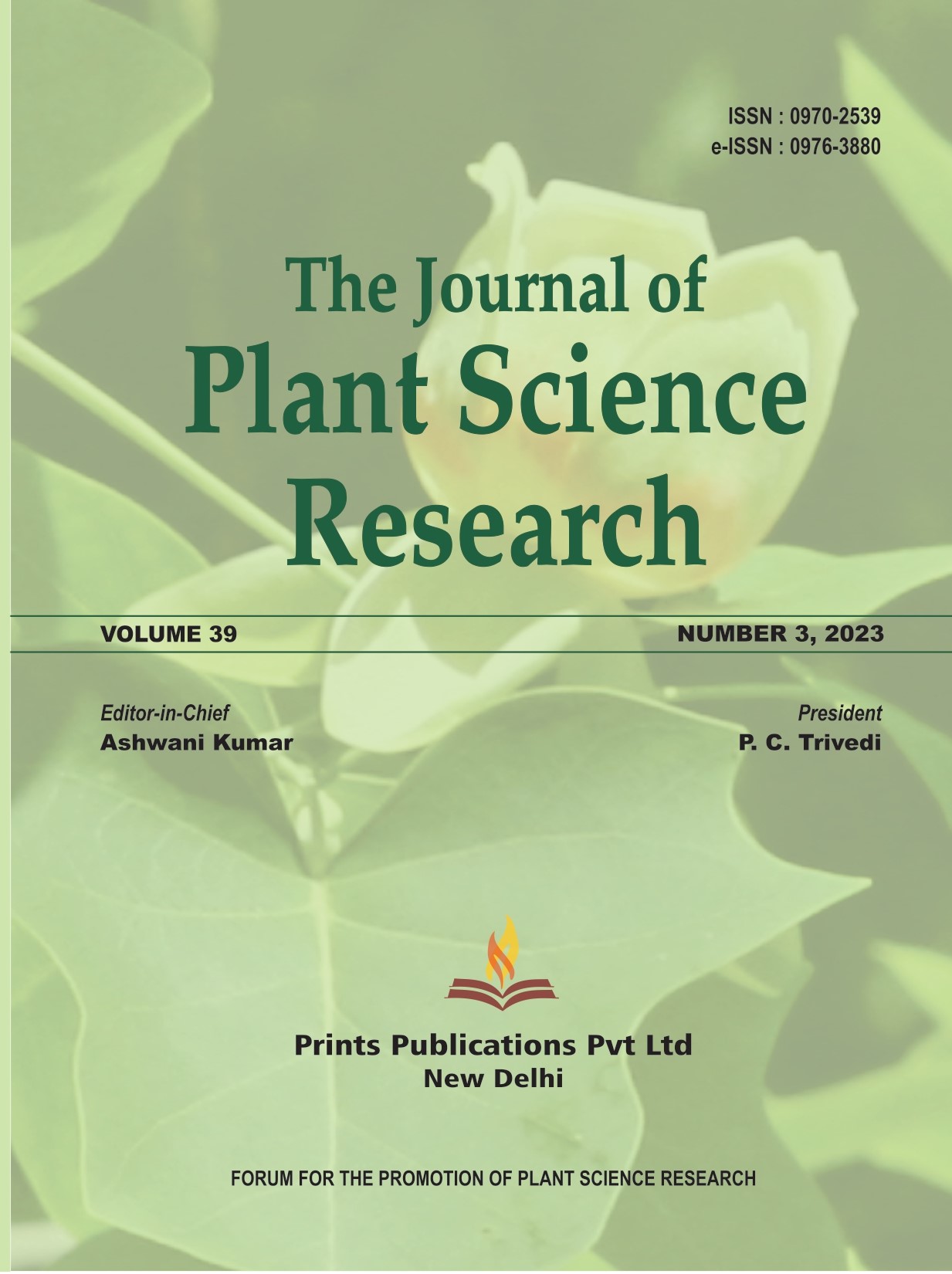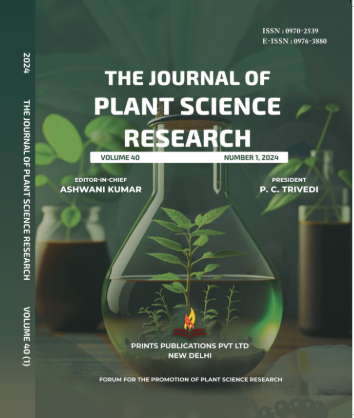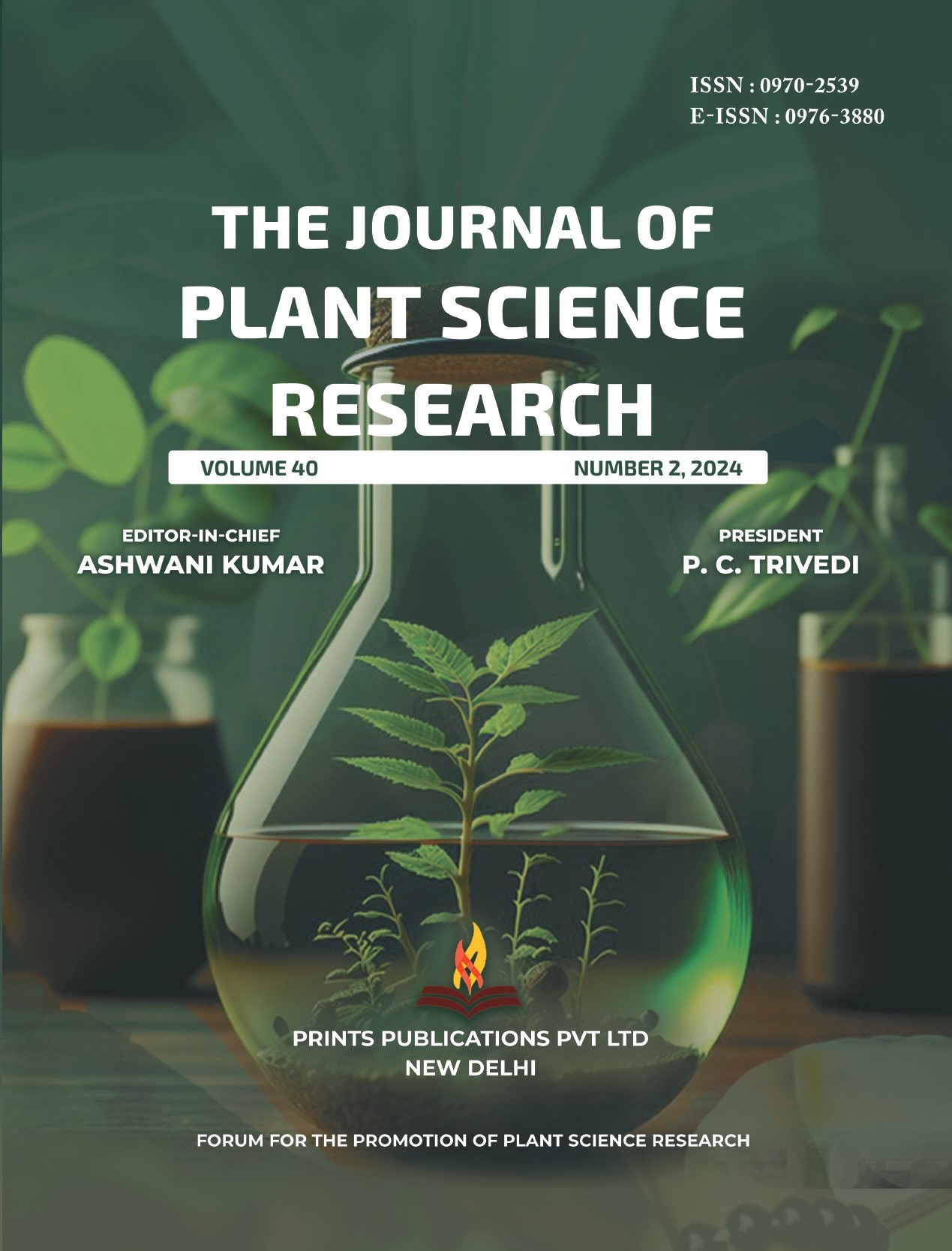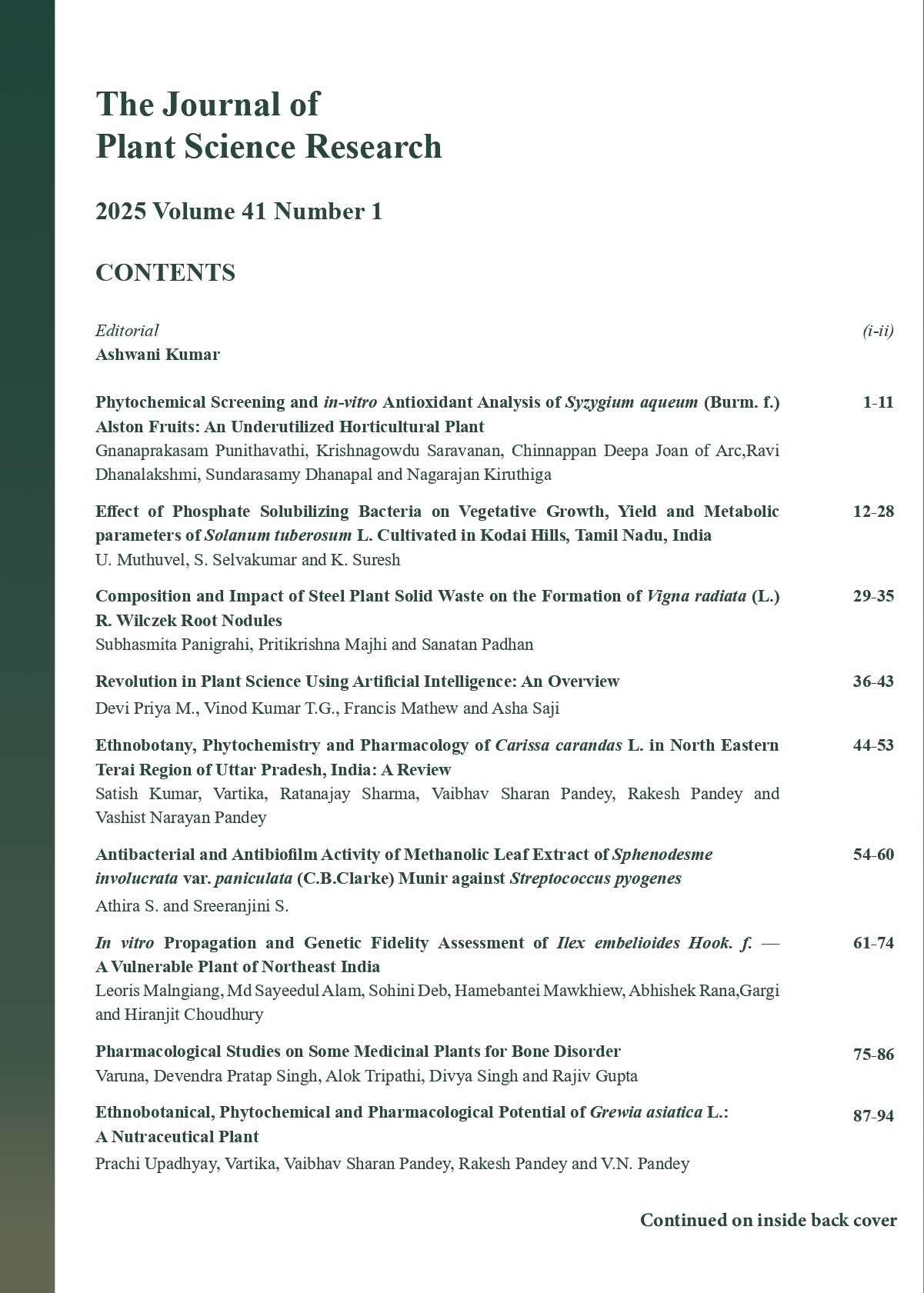The Journal of Plant Science Research - A UGC Care-Listed Journal
Published in Association with Forum For the Promotion of Plant Science Research
Current Volume: 41 (2025 )
ISSN: 0970-2539
e-ISSN: 0976-3880
Periodicity: Tri-annual
Month(s) of Publication: April, August & December
Subject: Botany
DOI: 10.32381/JPSR
Online Access is Free for Life Member
Revisiting: Ecosystem, Structure, Function and Mineral Cycling
By : Nimrat Gill, Pushp Sharma
Page No: 185-205
Abstract
An ecosystem is a functional unit of nature and comprises abiotic and biotic components. Abiotic components are inorganic materials – air, water and soil, whereas biotic components are producers, consumer and decomposers. Measures of ecosystem function and structure are complementary to measures of water quality in streams and rivers and may be useful in developing multimetric measures of habitat quality that deal with some of the conflicting results from biotic structural measures alone. Productivity, decomposition, energy flow and nutrients cycling are the four important components of an ecosystem. According to biostoichiometric theory, there is an equilibrium ratio among nutrients for healthy ecosystem development. This equilibrium will be broken if one nutrient is insufficient or in excess, which may affect the eco process and the primary productivity. In this case the element concerned is considered as the limiting nutrient for the ecosystem development. Primary productivity is the rate of capture of solar energy or biomass production of the producers. It is of two types: gross primary productivity and net primary productivity. Secondary productivity is the rate of assimilation of food energy by consumers. In decomposition complex organic compounds of detritus are converted to carbon dioxide, water and inorganic nutrients by the decomposers it involves three processes, namely fragmentation of detritus, leaching and catabolism. Energy flow is unidirectional. It is an important ingredient for complex systems because the development and evolution of systems must be driven by energy flows. In the ecological community, each organism is an open system consuming energy and material by metabolism continuously. Plants firstly capture solar energy and then food is transferred from producers to consumers. Organisms of different trophic levels in nature are connected to each other for food or energy relationships forming a food chain. Some species may be consumed by other species as the prey, therefore, a tangled network of feeding relationships called food web forms. The storage and movement of nutrient elements through the various components of an ecosystem is known as nutrient cycling. It is of two types- gaseous and sedimentary. Atmosphere and hydrosphere is the reservoir for gaseous type of cycle (carbon), whereas earth’s crust is the reservoir for sedimentary type (phosphorus).
Authors :
Nimrat Gill and Pushp Sharma : Department of Plant Breeding and Genetics, Punjab Agricultural University, Ludhiana






